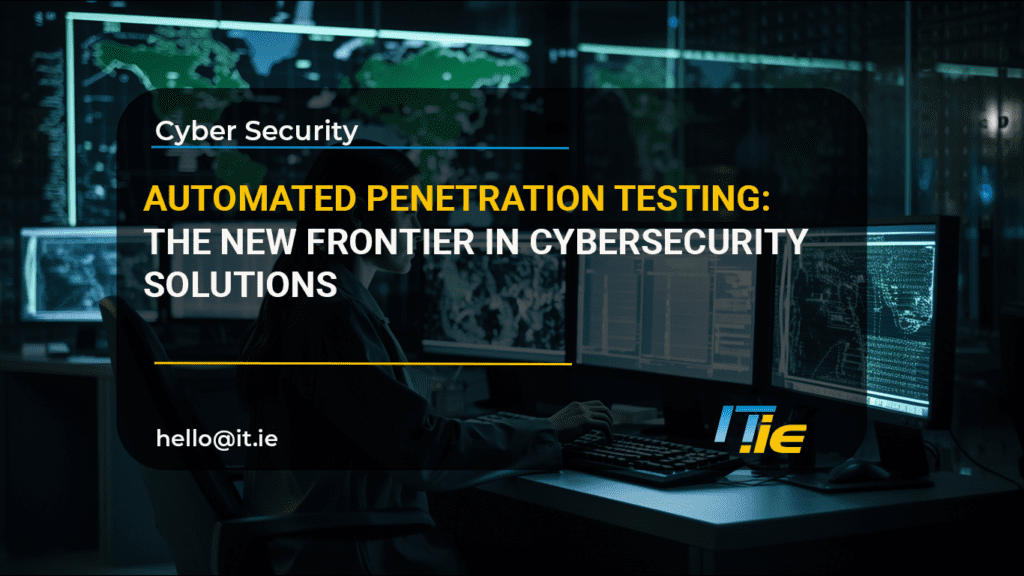In the ever-evolving domain of cybersecurity, automated Penetration Testing as a Service (PTaaS) has emerged as a key solution for businesses aiming to strengthen their defences against cyber threats. This post examines PTaaS, exploring its workings, advantages, and how it distinguishes itself from traditional penetration testing methods.
What is Penetration Testing as a Service (PTaaS)?
Penetration Testing as a Service (PTaaS) represents a modern approach to cybersecurity, where penetration testing is provided as a continuous, service-based model rather than a one-off engagement. PTaaS combines automated tools with expert knowledge to conduct comprehensive assessments of an organisation’s IT infrastructure, identifying vulnerabilities and offering actionable insights to mitigate potential threats.
How Does PTaaS Operate?
PTaaS is typically offered on a subscription basis, providing regular, automated penetration tests that simulate cyber attacks on a network to pinpoint vulnerabilities. This service model ensures that testing is an integral part of the organisation’s ongoing security strategy. Key components of PTaaS include:
Automated Scanning: Advanced software is used to automatically scan an organisation’s networks, applications, and systems for vulnerabilities.
Expert Analysis: Despite the emphasis on automation, human expertise is crucial for interpreting scan results, identifying false positives, and suggesting remediation strategies.
Continuous Testing: PTaaS offers continuous or scheduled testing, in contrast to the periodic nature of traditional pen tests, ensuring vulnerabilities are identified and addressed in a timely manner.
Real-Time Reporting: PTaaS platforms provide immediate insights and reports, enabling organisations to understand and act on identified vulnerabilities without delay.
PTaaS vs Traditional Penetration Testing
Traditional penetration testing provides a snapshot of an organisation’s vulnerabilities at a specific point in time, whereas PTaaS offers a dynamic, ongoing assessment. Traditional methods, often conducted annually, can leave organisations vulnerable to new threats that emerge between tests. PTaaS fills this gap by offering continuous testing and monitoring, ensuring that an organisation’s security posture is constantly evaluated and reinforced against emerging threats.
Implementing PTaaS
Adopting PTaaS starts with choosing a reputable provider that matches the organisation’s specific needs. Important considerations include:
Scope of Services: Understanding the range of testing offered, including network, application, and cloud services penetration testing.
Expertise: Evaluating the provider’s expertise, including the qualifications of their cybersecurity professionals.
Reporting and Analytics: Assessing the depth of the reporting and analytics capabilities to ensure they meet the organisation’s needs for insight and actionability.
Compliance and Certification: Ensuring the provider meets relevant industry standards and holds certifications that attest to their security and reliability.
Penetration Testing as a Service (PTaaS) marks a significant advancement in cybersecurity, providing businesses with a proactive, efficient, and cost-effective solution to guard against cyber threats. By integrating continuous testing into their security strategies, organisations can maintain resilience in an ever-evolving threat landscape. As cyber threats become more sophisticated, the adoption of PTaaS is likely to become a standard practice for organisations dedicated to upholding strong cybersecurity defences, with automated testing at the forefront of this shift.
Find out more about this revolutionary new service from IT.ie at: https://it.ie/penetration-testing/



